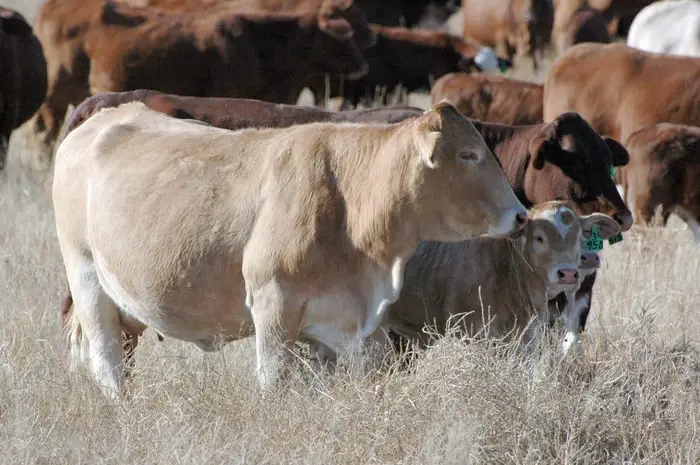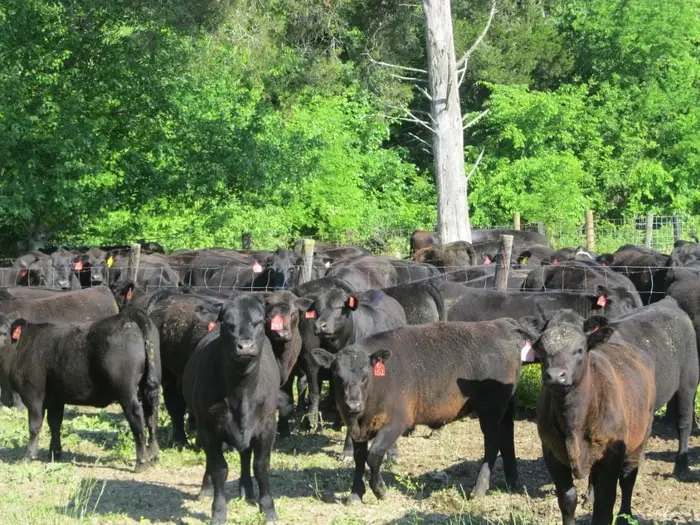Shipping fever or hemorrhagic septicemia is an acute respiratory infectious disease of cattle, yaks, sheep, goats, camel, deer, swine, birds, and rabbits. The disease is recognized by sudden onset of fever, profuse salivation, submucosal petechiae, depression, severe dyspnoea, and localized warm and painful swellings in the throat, dewlap, and brisket region. The other name of the disease is Transit fever, Enzootic pneumonia, swine plague, pasteurellosis bovis, Stockyards disease, Stockyards pneumonia.
What Things do You Need To Know About Shipping Fever?
The shipping fever in cattle may occur in any age group, but young animals are more susceptible than old ones. The disease is highly prevalent in all countries. The majority of the outbreaks occur in irregular forms in rainy seasons when animals are exposed to heavy work and environmental stress.
Causes of Shipping Fever in Cattle
The disease is caused by Pasteurella multocida and Pasteurella haemolytica. Mainly Pasteurella type-2 or B and type-4 or D are responsible for the disease. Occasionally, Pasteurella Type-E is also involved. The organisms are gram-negative, small coccoid or capsulated rods that take characteristic bipolar staining by methylene blue.

Pathogenesis of Haemorrhagic Septicemia
- Organisms usually remain present in the nasopharynx and lymph nodes and enter the mucosae after stress like starvation, mass gathering, overworking, transportation, etc.
- Stress condition triggers organisms to multiply and cause generalized invasion and septicemic lesions in the whole body.
- They destroy leukocytes and macrophages and cause severe damage the tissues in collaboration with the invaded other organisms.
- The organisms are localized in the subcutaneous tissue and multiply there to develop hot, painful swelling around the throat, dewlap, brisket, and perineum.
- At times the swelling in the brisket region ruptures, and fluids escape.
- There is severe dyspnoea, and death occurs as a result of respiratory distress.
What are the Symptoms of Shipping Fever in Cattle?
The disease is a respiratory disease of cattle of multifactorial etiology with Mannhemia haemolytica and, less commonly, Pasteurella multocida. The symptoms include:
- Initial fever (104-106°F) and anorexia followed by respiratory distress with profuse salivation.
- Sero-to-mucopurulent nasal discharge with shallow breathing, often with cough and profuse salivation.
- Characteristic swelling of head, throat, and brisket.
- Most of the animals show different degrees of diarrhea.
- Coughing.
- Reduced appetite.
Pathological Lesions Haemorrhagic Septosemia
There are two forms of the lesions. These are acute form and sub-acute form.
Acute form:
- Congestion of blood vessels.
- Petechial hemorrhages of capillaries of serous membranes.
- Swollen hemorrhagic lymph nodes and numerous mucosal and submucosal petechial hemorrhages.
- Hemorrhagic gastroenteritis may occur.
- Pericardium covered with hemorrhage.
- Edema in the subcutaneous tissue was observed.
Sub-acute form:
- Serofibrinous and hemorrhagic lesions of mucosa and tendon sheaths.
- Pneumonia lesions.
- Pericarditis.
Diagnosis Enzootic Pneumonia in Cattle
The diagnosis of shipping fever you can be made on the history and clinical signs. In this situation, you should be need expert vet advice, which is very helpful for diagnosing the disease. He performed the isolation and identification of organisms from the samples collected from affected animals. Serological tests like complement fixation, agglutination, and ELISA are of use in the diagnosis.
The disease can be confused with anthrax, blackleg, acute leptospirosis, Corynebacterium Pyogenes infection.

How Do You Treat a Shipping Fever in Cattle?
- Sulfonamides like Sulphadimidine, Sulphamethazine are widely used in treating Shipping fever.
- Streptomycin-Penicillin combination may be given as an alternative source.
- The hyperimmune serum is effective against the disease.
- Anti-inflammatory drugs like Dexamethasone, Diclofenac is effective.
- Antihistaminics may be given to reduce the nasal discharge.
- Fluid therapy and good management should be maintained at the cattle shed.
How Do You Prevent and Control Shipping Fever?
- Annual vaccination before the onset of the rainy season. Alum precipitated, or oil adjuvant formalin killed vaccine subcutaneously in cattle you should be used.
- Hygienic care and management to avoid stress to the animals.
- Isolation of the infected animals and control of livestock movement from the zone
- Deep burial of the dead animals and disinfection of the area.
